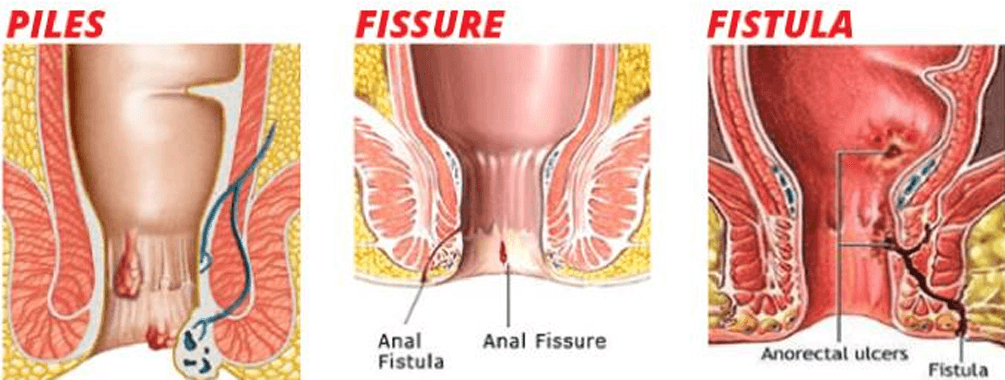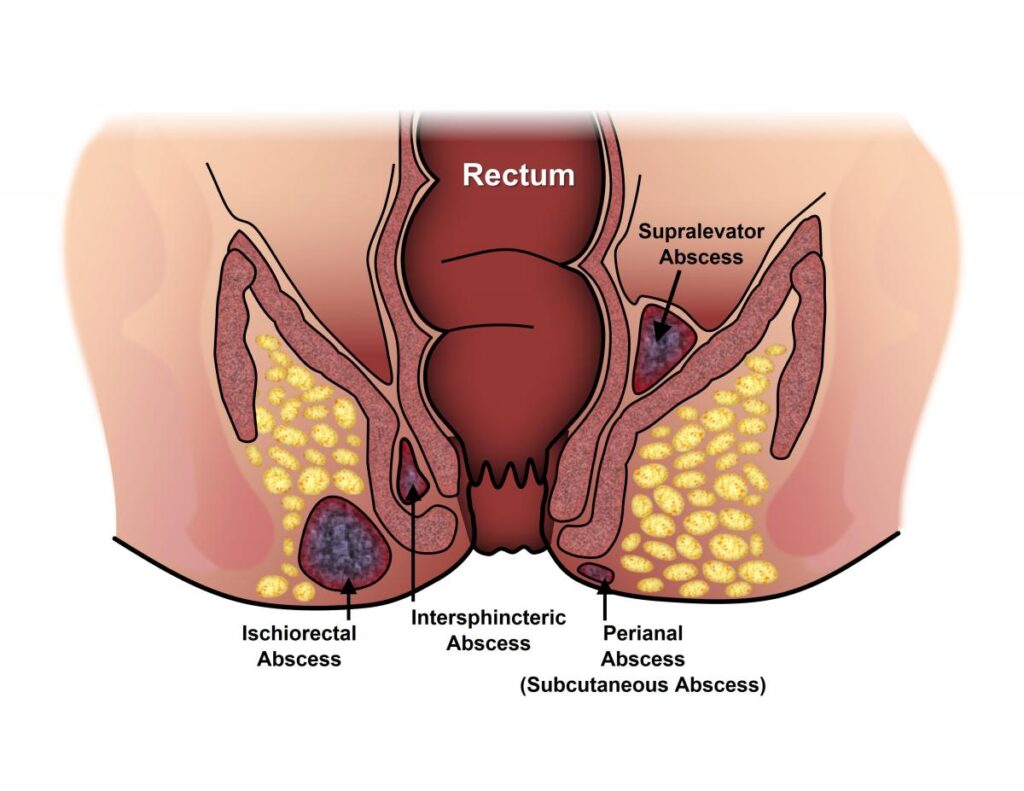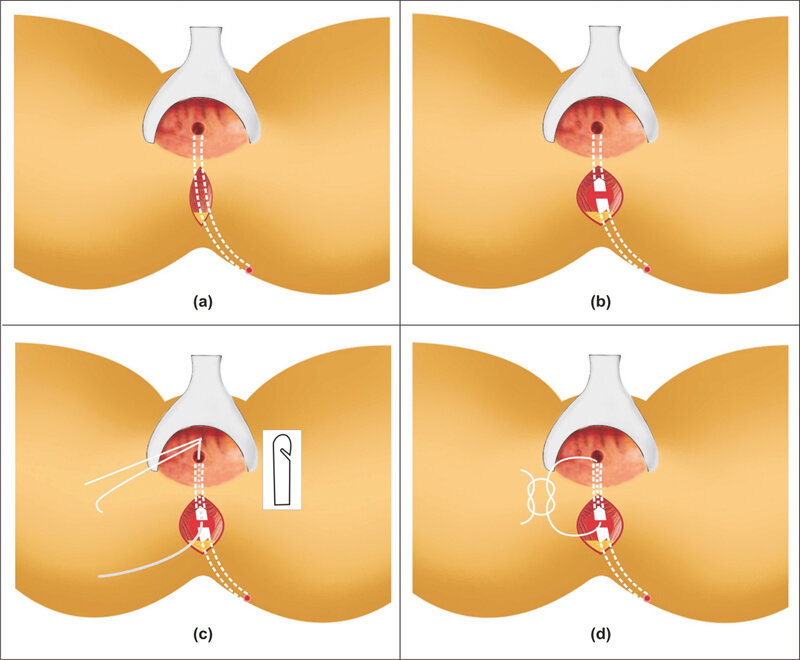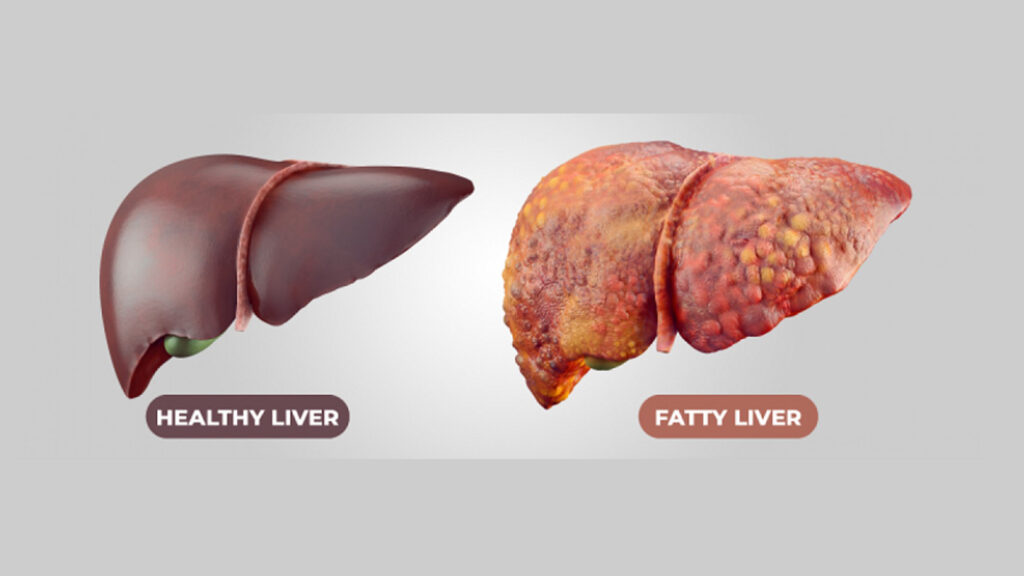Overview
With over 20 million reported cases across India every year, Piles is a common medical condition that can affect many. As the pandemic forced people to work from the safety of their homes, and with easy access to fast food that’s nutritionally deficient, causing digestive issues and obesity. Piles has become an even more widespread concern among the general population, and is no longer a condition that affects only the elderly.
There’s a common misconception that piles is the same as an anal fissure or fistula. Though it’s easy to confuse these three conditions as one, it’s important to understand the difference between them and be aware of the factors that contribute to these increasingly prevalent disorders.
So, before we delve deeper in to the similarities and differences between piles, fissures and fistula, let’s get a quick overview of anal disorders.
What are anal disorders?
The anus is the opening located at the far end of the digestive tract, through which stool or excrement is expelled. The length of the anus is around 4-5 cm and has sensitive nerve endings that are surrounded by blood vessels.
Piles, fissures and fistulas are all characterized as anal disorders. Other disorders that affect the anus include constipation, colitis and polyps. While each of these disorders differ from each other, the distinction between piles, fistulas, and fissures is frequently misunderstood.
How are piles, fissures and fistulas different from each other?
Piles
Also known as hemorrhoids, piles are characterized by swollen blood vessels around the opening of the anus. The veins around your anus tend to stretch under pressure and may bulge or swell, forming a ring around the anal cavity, causing outer hemorrhoids. The other type of hemorrhoids known as internal hemorrhoid are formed inside the rectum, and are usually painless. Usually, patients suffering from piles get well on their own before serious negative effects manifest. Straining during bowel movements, having chronic diarrhoea or constipation, obesity, pregnancy and low fibre diets are usual causes.
Fissures
Fissures are identified by a tear around the anal region, and can be exceedingly painful and uncomfortable. In extreme cases medication or surgery might be required to properly treat an anal fissure. Fissures are commonly found in people above the age of 50. Fissures can appear in a variety of forms, including acute and chronic ones. With a fiber-rich diet and proper treatment, a severe fissure can be completely healed.
Fistula
An anal fistula is a small tunnel that connects an infected gland inside the anus to an opening on the skin around the anus. Just inside the anus are a number of small glands that make mucus. Occasionally, these glands get clogged and can become infected, leading to an abscess. About half of these abscesses may develop into a fistula.
What are the symptoms of these anal disorders?
The most common symptoms of piles, fissures and fistulas are listed below:
Piles
- Bloody stool
- Burning sensation around the anal opening
- Lumps around the anus
- Abdominal pain
Fissures
- Bowel movements cause severe pain
- Bleeding occurs after bowel movement
- Presence of a lump or a skin tag near the anus
Fistulas
- Pain and swelling around the anus
- Bloody or foul-smelling drainage (pus) from an opening around the anus. The pain may decrease after the fistula drains.
- Irritation of the skin around the anus from drainage
- Pain with bowel movements
- Bleeding
- Fever, chills and a general feeling of fatigue
When do you need to visit a doctor?
If you experience bleeding during a bowel movement that doesn’t improve even proper home care, it is recommended to visit your Apollo doctor at the earliest.





